RFID Tag Access Control
Benefits of RFID Tag Access Control 👍
- Enhanced Security: Unique identifiers are difficult to duplicate, and systems can integrate with logs to track every entry and exit. Multi-factor authentication (e.g., RFID + PIN/biometrics) can be implemented.
- Convenience: Contactless access allows for faster, hands-free entry, improving flow, especially in high-traffic areas. Users don’t need to physically swipe or insert cards.
- Scalability and Flexibility: Easily add or remove users, modify access permissions in real-time, and integrate with other security systems (e.g., CCTV, time & attendance). Cloud-based platforms enable remote management.
- Cost-Efficiency (Long-term): While initial setup can be an investment, RFID tags are durable and reprogrammable, reducing the need for physical key replacements and locksmith services.
- Data Analytics and Compliance: Detailed logs provide valuable data for auditing, occupancy management, and demonstrating compliance with security regulations.
- Durability: RFID components are generally robust and perform well in various environmental conditions.
Limitations and Security Considerations for RFID Tag Access Control ⚠️
While highly beneficial, RFID access control systems have some limitations:
- Cost: Initial investment for RFID systems can be higher than traditional lock-and-key systems.
- Interference: Radio waves can be affected by metal, liquids, and other electronic devices, potentially reducing read range or causing misreads.
- Security Vulnerabilities: Like any electronic system, RFID systems can be vulnerable to hacking attempts (e.g., eavesdropping, relay attacks, cloning). However, modern systems incorporate encryption, mutual authentication, and anti-collision protocols to mitigate these risks.
- Privacy Concerns: The ability to track movements via RFID tags can raise privacy concerns if not managed transparently and ethically.
- Limited Storage Capacity: Basic RFID tags have limited data storage, though this is often sufficient for identification purposes in access control.
- Compatibility: Different RFID standards and frequencies may not always be compatible, requiring careful selection of components.
These systems work by using RFID tags, which are small electronic devices containing unique identification data, and RFID readers, which are devices that can read the data from the tags. When an authorized tag is presented to a reader, the system verifies the tag’s information and either grants or denies access to the door or secured area.
-
1. RFID Tag access controls:
These tags contain a microchip and antenna, and they store unique identification information. They can be embedded in cards, key fobs, or even stickers.
-
2. RFID Readers:
These devices are positioned near entry points and emit radio frequency signals.
-
3. Communication:
When an authorized RFID tag enters the reader’s range, the reader activates the tag, which then transmits its unique identification data back to the reader.
-
4. Access Control:
The reader sends this information to an access control system, which verifies the data against a database of authorized users. If the tag is recognized, the system unlocks the door or grants access.
-
5. Examples:
These systems are used in various settings, including office buildings, parking garages, residential buildings, and high-security areas like airports and seaports.
-
Convenience:
RFID tags allow for hands-free access, making entry faster and easier than traditional methods like key cards or codes.
-
Security:
RFID Tag Access Control systems can enhance security by providing a more secure and verifiable means of access control compared to physical keys.
-
Efficiency:
RFID systems can streamline access for authorized personnel and visitors, improving efficiency in various settings.
-
Tracking:
RFID tags can be used to track movement within a facility, providing valuable data for security and operational management.

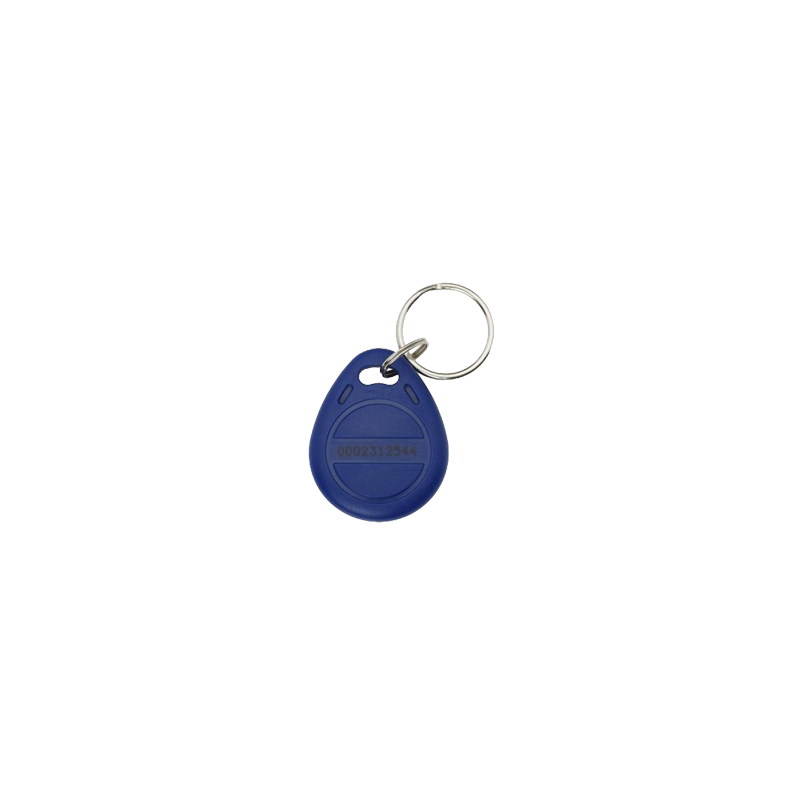
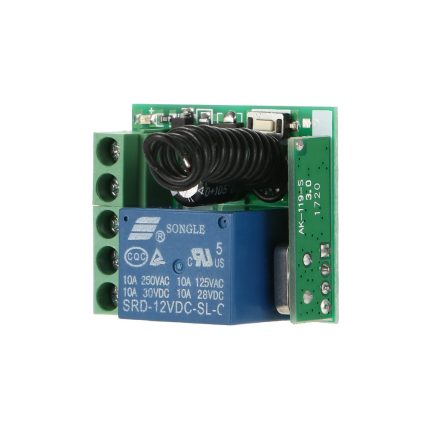
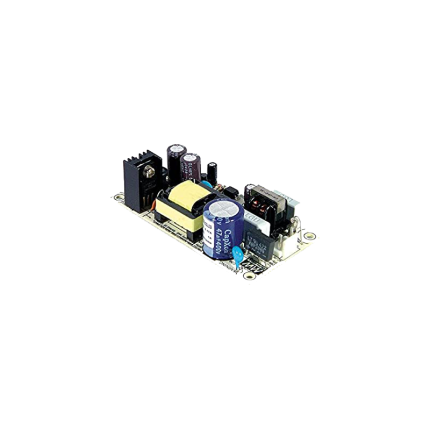

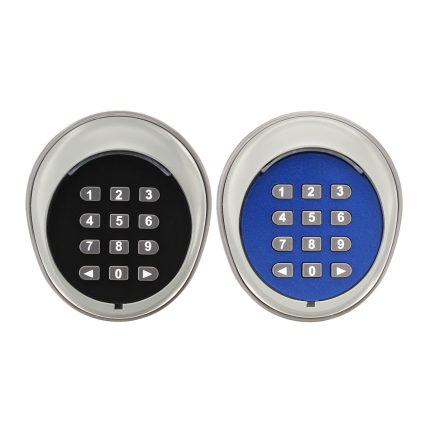
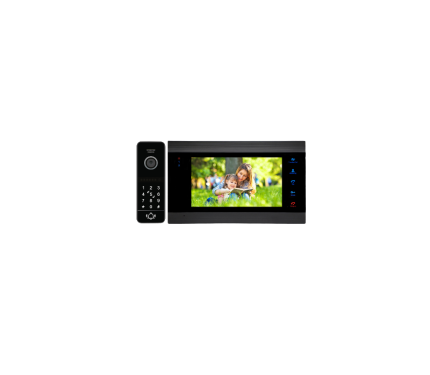
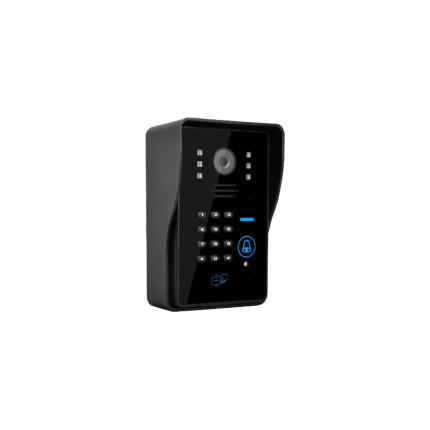

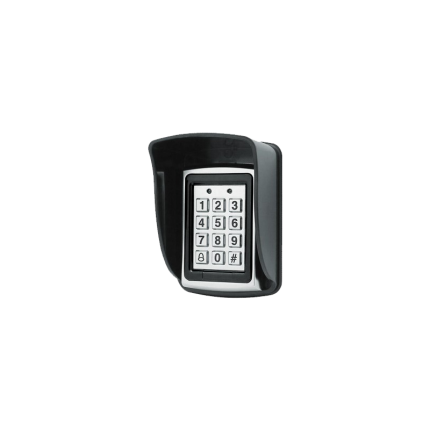

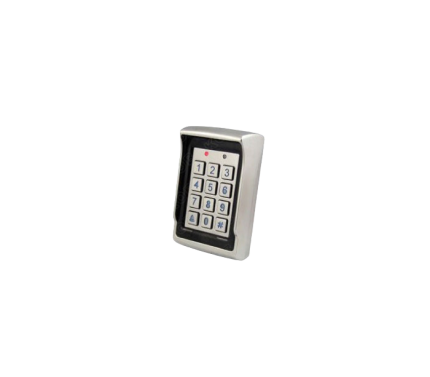
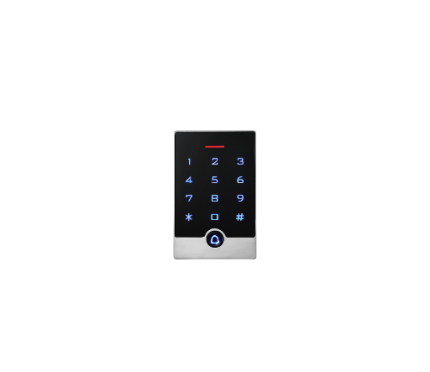
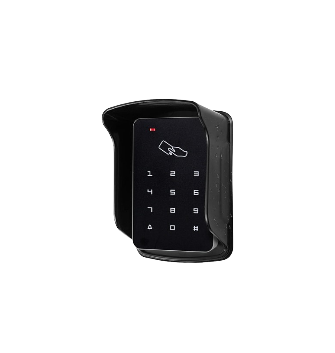


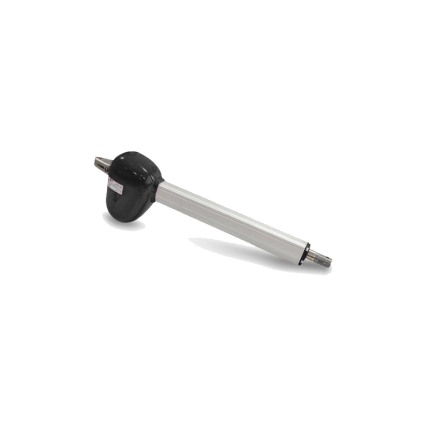
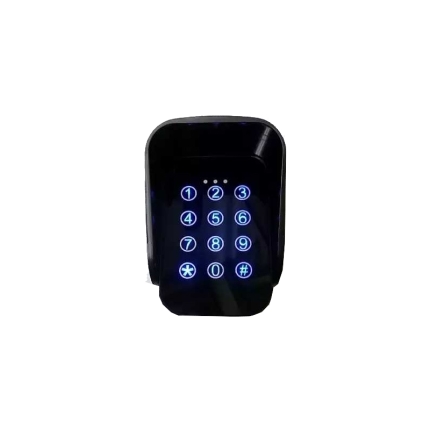
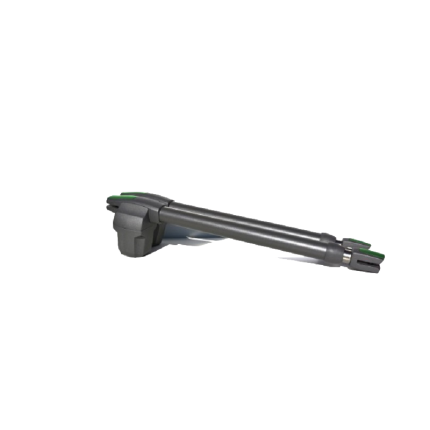
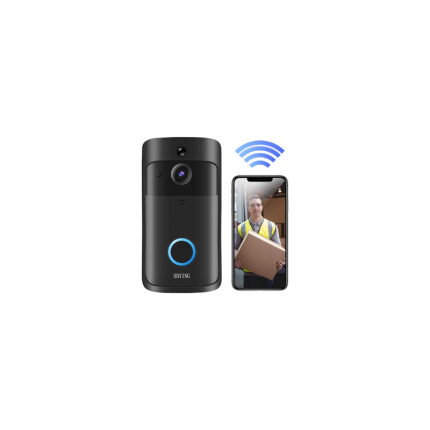
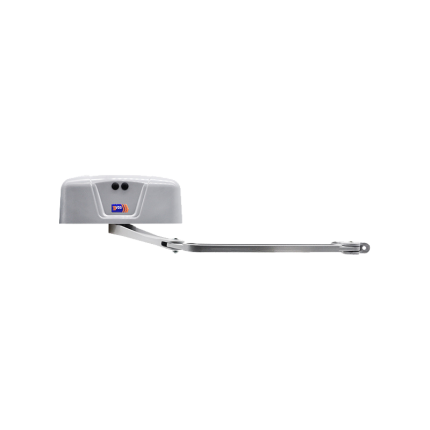
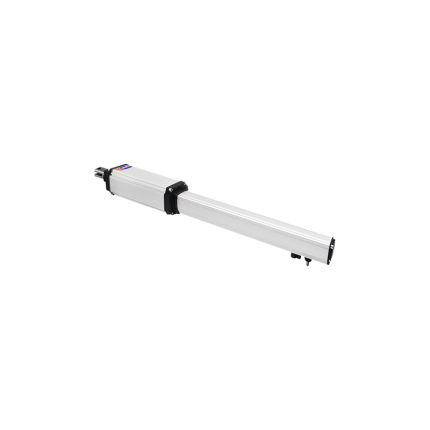
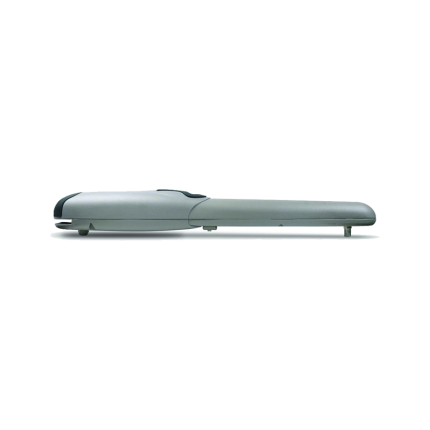









Reviews
There are no reviews yet.